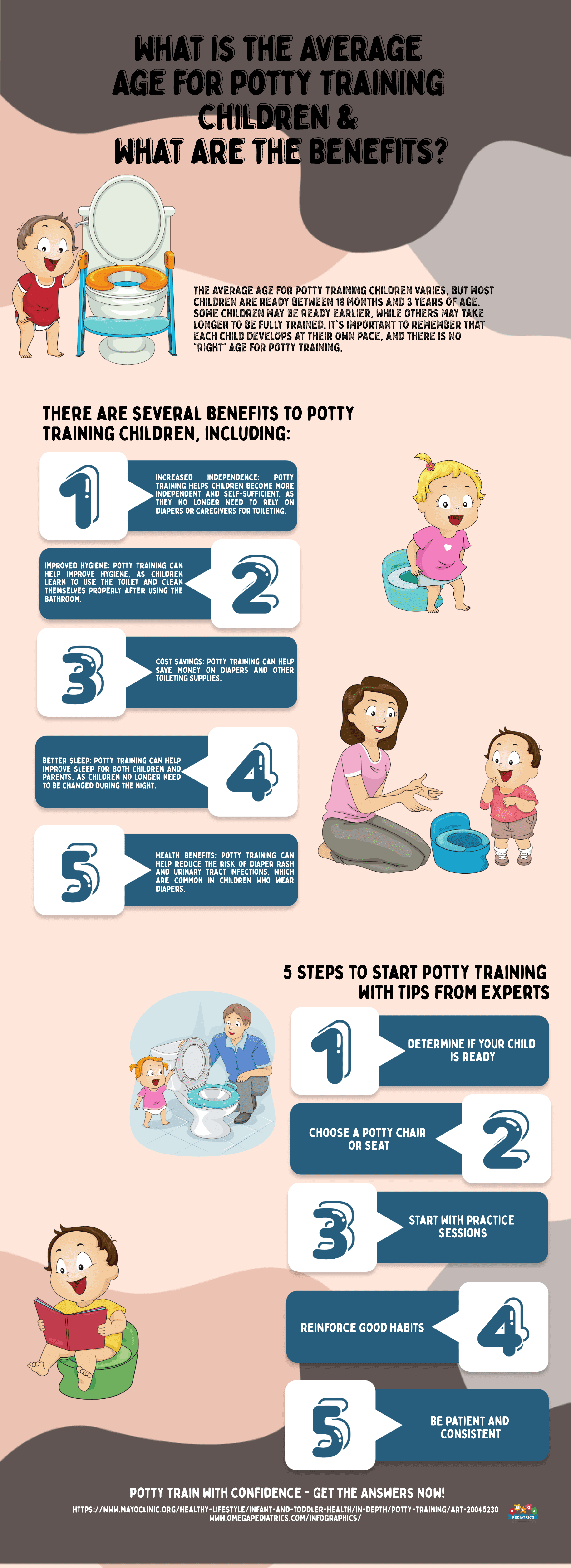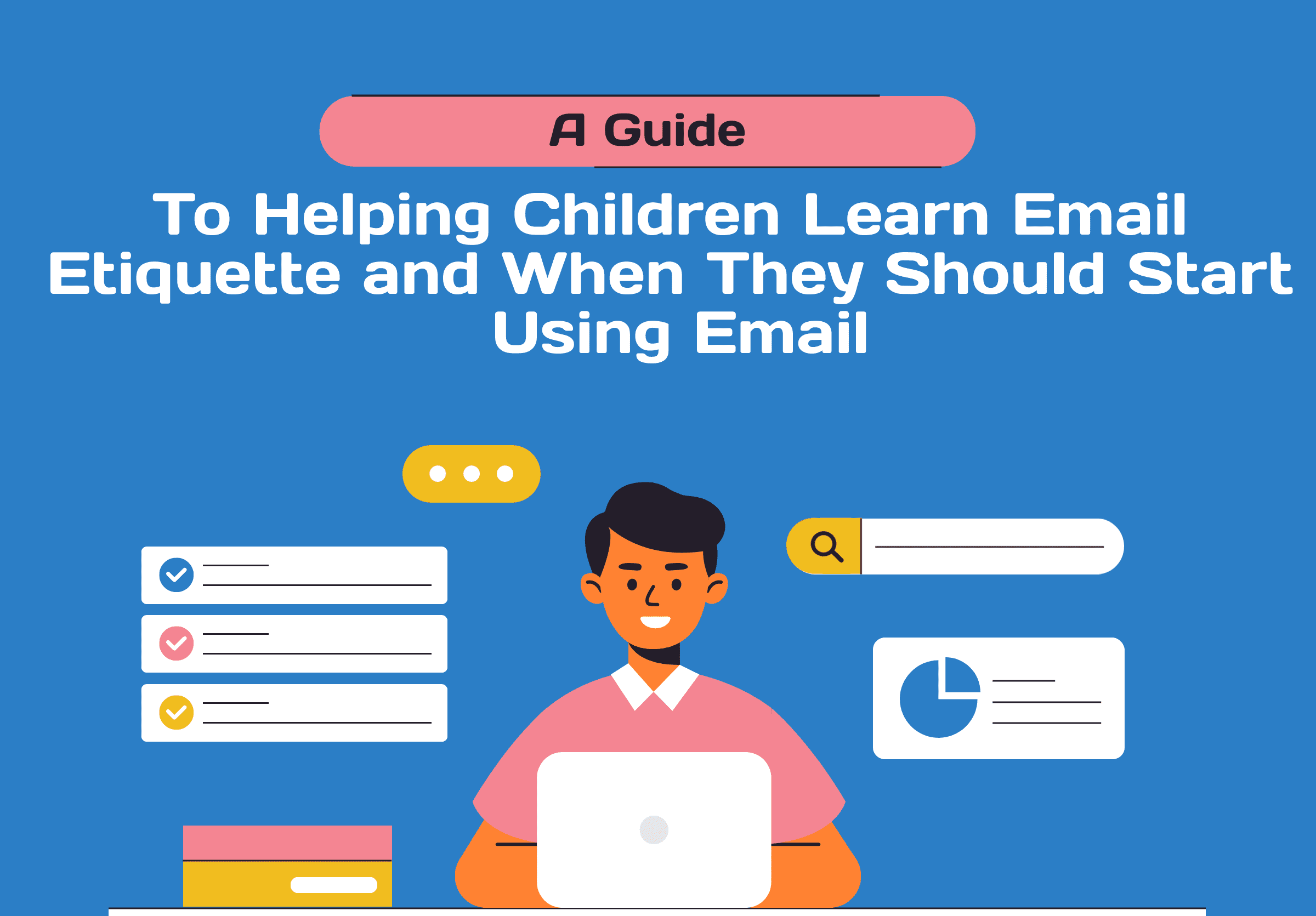
The average age for potty training children varies, but most children are ready between 18 months and 3 years of age. Some children may be ready earlier, while others may take longer to be fully trained. It’s important to remember that each child develops at their own pace, and there is no “right” age for potty training.
There are several benefits to potty training children, including:
- Increased independence: Potty training helps children become more independent and self-sufficient, as they no longer need to rely on diapers or caregivers for toileting.
- Improved hygiene: Potty training can help improve hygiene, as children learn to use the toilet and clean themselves properly after using the bathroom.
- Cost savings: Potty training can help save money on diapers and other toileting supplies.
- Better sleep: Potty training can help improve sleep for both children and parents, as children no longer need to be changed during the night.
- Increased confidence: Potty training can help boost children’s confidence and self-esteem, as they master this important milestone.
- Health benefits: Potty training can help reduce the risk of diaper rash and urinary tract infections, which are common in children who wear diapers.
5 Steps to Start Potty Training with Tips from Experts
Here are five steps to start potty training your child, along with tips from experts:
- Determine if your child is ready: Look for signs of readiness, such as your child showing an interest in the toilet, being able to communicate their needs, and staying dry for longer periods of time. Remember that each child is different, and there is no “right” age for potty training.
Tip: Make potty training a positive experience by using positive reinforcement, such as praise and rewards, when your child is successful.
- Choose a potty chair or seat: Decide whether you want to use a potty chair or a seat that fits on top of the regular toilet. Some children may prefer the comfort and security of a potty chair, while others may prefer to use the “big” toilet like adults.
Tip: Let your child choose their potty chair or seat to help them feel more involved and invested in the process.
- Start with practice sessions: Start by having your child sit on the potty chair or seat fully clothed, just to get used to the idea. Then, gradually move to having them sit on the potty with their diaper on, and eventually with their diaper off.
Tip: Set a consistent schedule for potty breaks, such as every hour or two, to help your child establish a routine.
- Reinforce good habits: When your child successfully uses the potty, make sure to give them plenty of praise and rewards, such as stickers or small treats. This will help reinforce the positive behavior and encourage them to continue.
Tip: Avoid punishing or shaming your child for accidents, as this can create negative associations with potty training and make the process more difficult.
- Be patient and consistent: Remember that potty training takes time and patience, and setbacks and accidents are normal. Stay consistent with your routine and positive reinforcement, and trust that your child will eventually get the hang of it.
Tip: Consider using books, videos, or songs about potty training to help your child feel more comfortable and engaged in the process.



